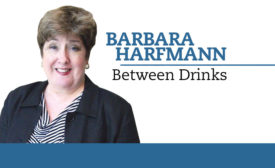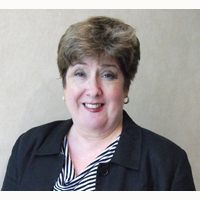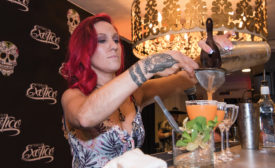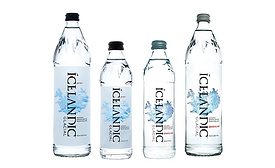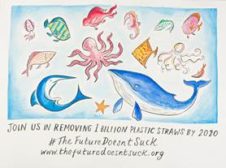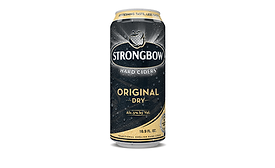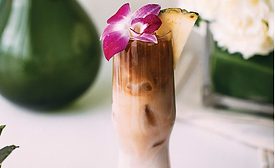Home » On-Premise
Articles Tagged with ''On-Premise''
Specialty drinks, Italian wines gain menu placements
Read More
Drinking habits for Super Bowl evolve
Female tastes alter adult beverage landscape
January 28, 2019
Who made the World’s 50 Best Bars list?
US and UK have strong presence on annual list
November 21, 2018
On-trend cocktails drive sales on-premise
Cocktail competitions, chatbots fuel innovation with mixologists, consumers
October 29, 2018
Happy hour specials boost alcohol sales
Data suggests restaurants, bars depart for higher check averages
October 17, 2018
Icelandic Glacial expands retail presence
Bottled water brand adds to on-premise sales
September 18, 2018
Barcardi, Lonely Whale join forces to eliminate plastic straws
Spirits company encourages consumers, retailers to join hashtag #TheFutureDoesntSuck
July 17, 2018
Original Dry returns for Strongbow Hard Cider
Return sparked by consumer outreach over social media
May 18, 2018
Premiumization benefits on-premise channel
Premium spirits, local craft beers perform well on-premise
April 16, 2018
Elevate your expertise in the beverage marketplace with unparalleled insights and connections.
Join thousands of beverage professionals today. Shouldn’t you know what they know?
JOIN NOW!Copyright ©2024. All Rights Reserved BNP Media.
Design, CMS, Hosting & Web Development :: ePublishing

